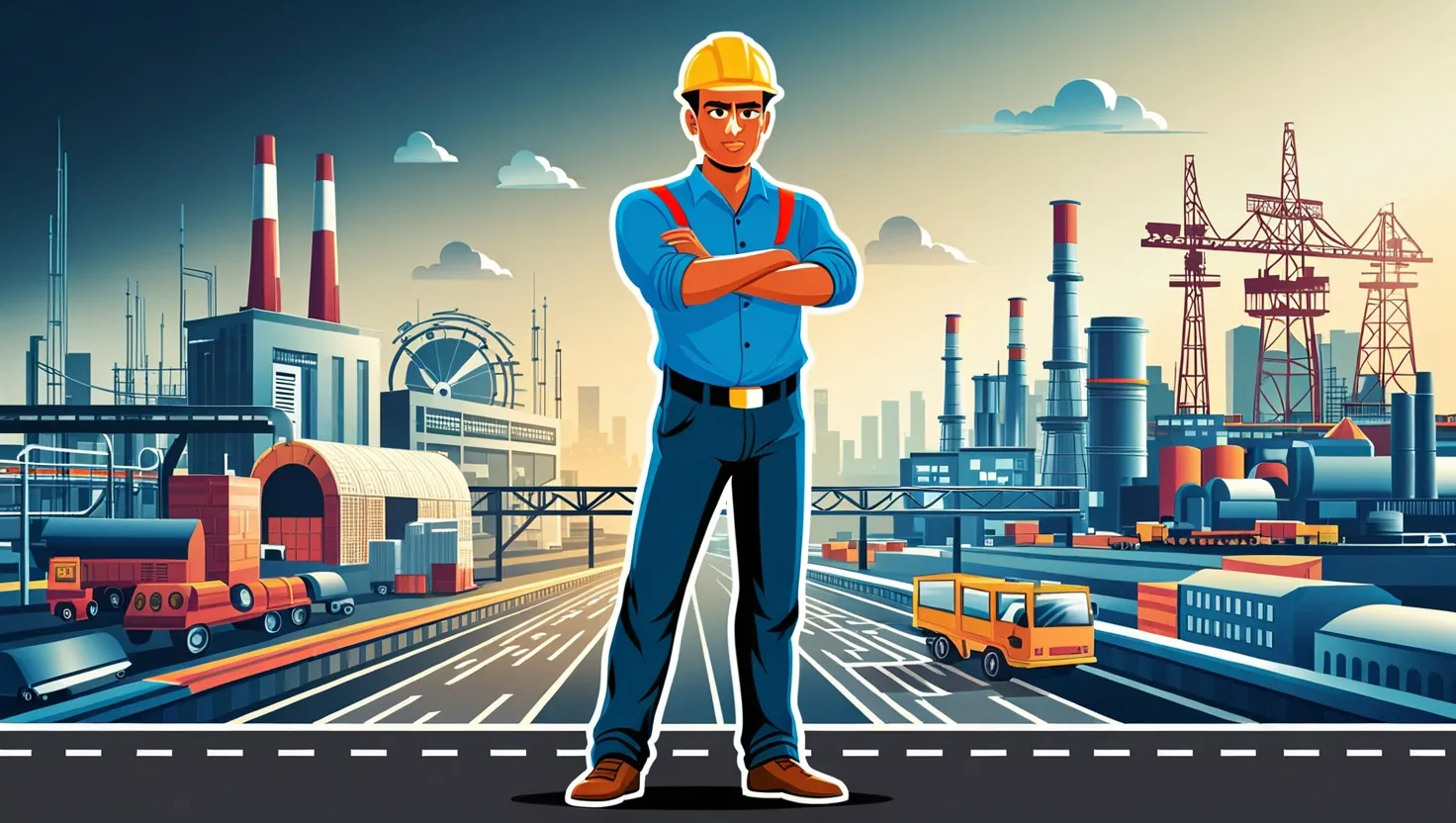As I delve into the intricacies of India’s labor market reforms, I am reminded of the wise words of Nelson Mandela: “The greatest glory in living lies not in never falling, but in rising every time we fall.” This sentiment resonates deeply as we explore the transformative changes underway in India’s workforce.
India, a nation with a vast and diverse population, has been on a journey to revamp its labor laws and regulations. One of the most significant steps in this direction is the consolidation of multiple labor laws into four comprehensive codes. This move aims to eliminate the contradictions and complexities that previously plagued the labor landscape. Imagine having to navigate through a maze of 29 different laws; it’s no wonder that businesses and workers alike found it daunting.
Now, with these new codes, the process is streamlined. For instance, the rules governing industrial relations and trade unions have been overhauled. A union must now represent the majority of workers within a firm to be recognized, preventing the proliferation of smaller unions that often led to fragmentation and inefficiency. This change is designed to foster more cohesive and effective labor representation.
But what about the gig economy, that sprawling sector where workers are not traditional employees but rather freelancers and contractors? Here, too, India has introduced significant reforms. Gig workers, often left without the safety net of traditional employment, are now being brought under the umbrella of social security measures. This includes access to health insurance, pension schemes, and other benefits that were previously reserved for formal sector employees. As the gig economy continues to grow, these measures ensure that workers in this sector are not left behind.
Apprenticeships are another area where India is making strides. The promotion of apprenticeship programs is a key component of the labor reforms, aimed at enhancing skill development among the workforce. By providing hands-on training and practical experience, these programs bridge the gap between education and employment, making young workers more employable and productive. It’s a win-win situation for both employers and employees, as it ensures that the workforce is equipped with the skills needed to drive economic growth.
Industrial relations have also undergone a significant transformation. The new labor codes introduce more flexible labor contracts, such as shorter, fixed-term contracts. This flexibility is crucial for businesses, especially in sectors where demand can be seasonal or unpredictable. However, it also raises questions about job security and the potential for exploitation. How do we balance the need for business flexibility with the need to protect workers’ rights?
The answer lies in the implementation of robust occupational safety and health standards. These updates are designed to ensure that workplaces are safe and healthy, regardless of the type of employment contract. It’s a critical aspect, especially in industries where workers are exposed to hazardous conditions. As the saying goes, “An injury to one is an injury to all.” Ensuring worker safety is not just a moral imperative but also a sound business strategy, as it reduces absenteeism and increases productivity.
But the journey is not without its challenges. Implementing these reforms on the ground is a complex task. It requires a coordinated effort from government agencies, businesses, and labor unions. There are concerns about enforcement, particularly in the informal sector where many workers operate outside the formal legal framework. How can we ensure that these reforms reach the most vulnerable workers?
Despite these challenges, the significance of these reforms cannot be overstated. For employers, they offer the flexibility needed to adapt to changing market conditions. For employees, they provide a safer, more secure working environment and better social security benefits. As India continues to grow and evolve, these reforms are crucial for harnessing the demographic dividend and driving sustainable economic growth.
In the words of Mahatma Gandhi, “Live as if you were to die tomorrow. Learn as if you were to live forever.” These labor market reforms are a step towards creating a workforce that is not just productive but also protected and empowered. As we look to the future, it’s clear that these changes will play a pivotal role in shaping India’s employment landscape and ensuring that the country’s workforce remains a driving force behind its economic success.
So, what does the future hold for India’s workforce? Will these reforms lead to a surge in job creation and labor productivity? Only time will tell, but one thing is certain: India is on the right path. The question now is, how will we continue to build on these reforms to create a labor market that is both dynamic and equitable? The answer will be found in the collective efforts of policymakers, businesses, and workers, all working together towards a common goal – a brighter future for India’s workforce.






